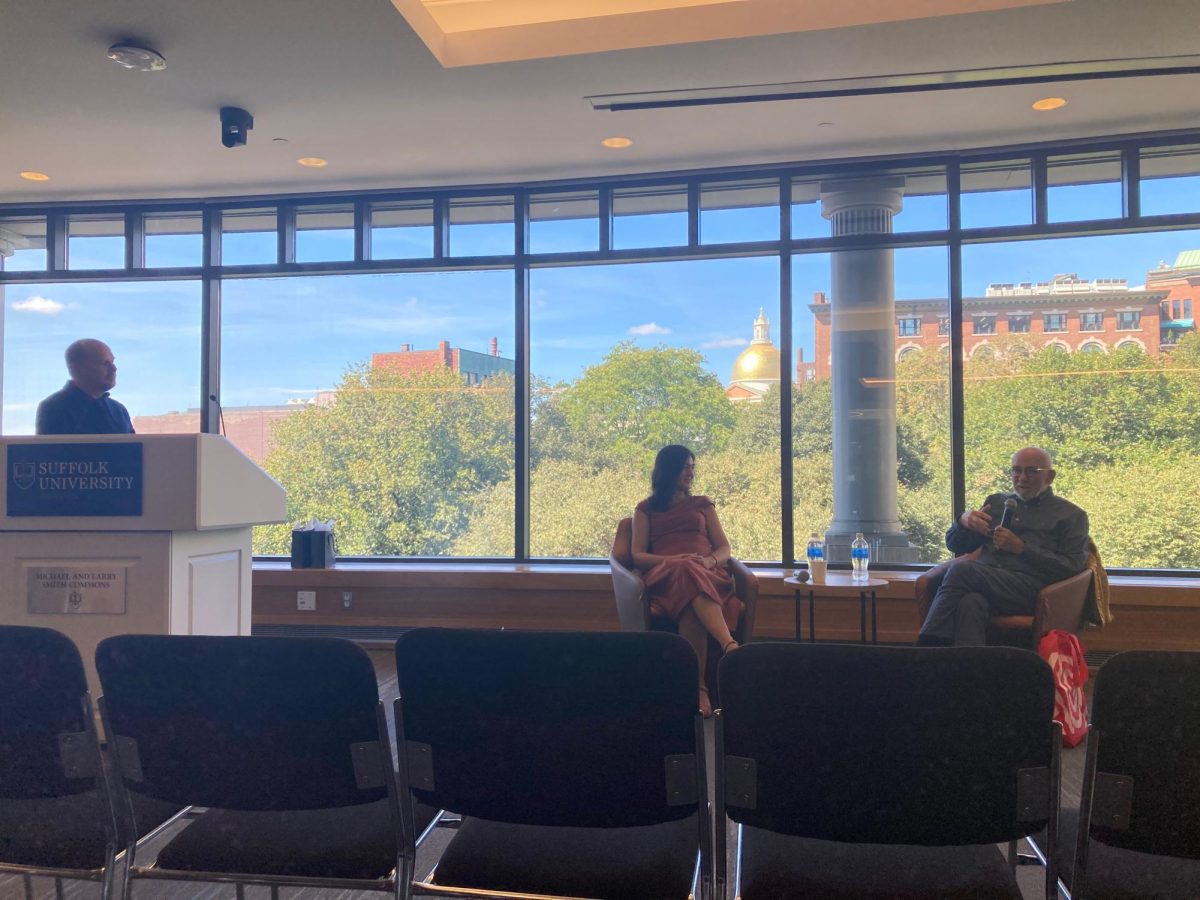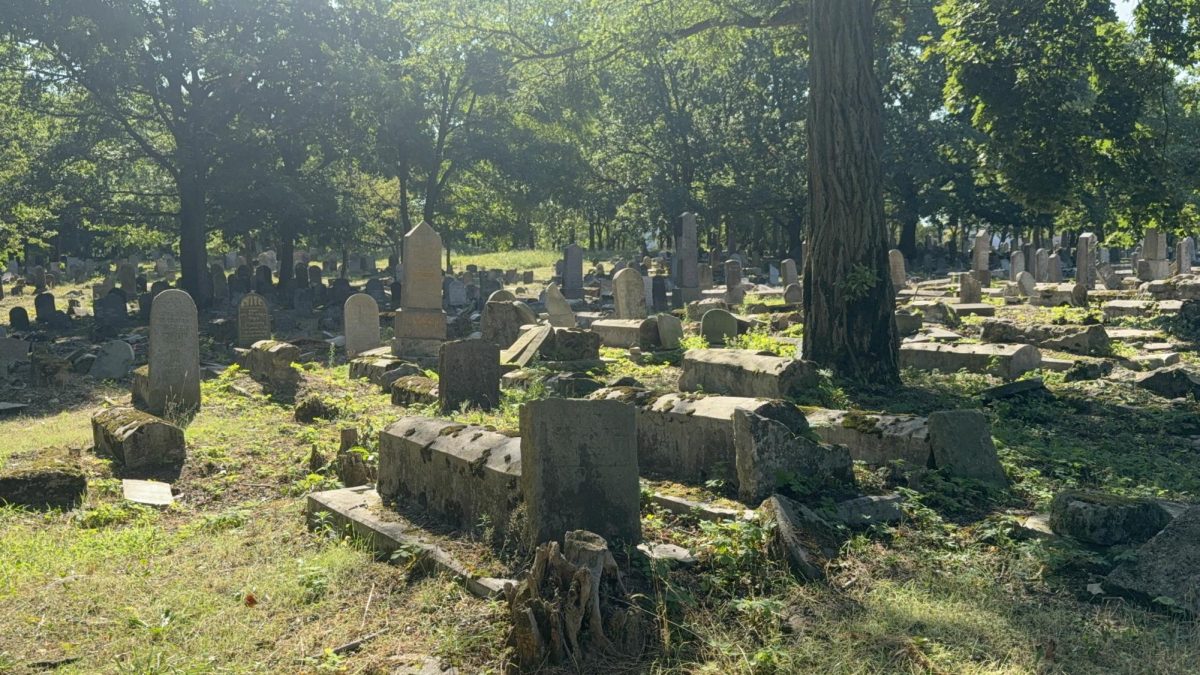Article by: Matt McQuaid
South Boston is a town that is often misrepresented in the media. Whether focusing on racial tensions or organized crime, it seems that journalists can only hit on the negative when it comes to this charismatic neighborhood. There are, however, many good stories that South Boston has to tell, and many of them begin with the youth outreach being done at the Medicine Wheel Project.
“I wanted to do a project in South Boston for people to claim their place in a community that is perceived as one thing when in fact it is many things,” states Michael Dowling, Founder and Artistic Director of Medicine Wheel Productions. “We have a strong belief that what we can do locally we can do globally.”
Dowling, a lifelong resident of South Boston, began his work in youth outreach in the late 90s with a program known as Southie Survivors. At the time, South Boston was experiencing a dramatic increase in suicides and drug overdoses among youth in the community. Dowling was also going through a tragedy at the time, having just lost his partner in a car accident. “I realized what we really needed to talk about was grief, and how to deal with loss,” Dowling said.
Working with kids in the community, Dowling and Southie Survivors built a Celtic cross memorial to those whose lives had been claimed all too early in an abandoned lot behind South Boston High School. The project blossomed into Medicine Wheel, and since then, the work of Medicine Wheel’s students has been featured all over the state, including the Danforth Museum in Framingham and Deval Patrick’s Youth Inaguration.
Medicine Wheel works with youth and young adults from the ages of 15-25, and the young people there find themselves at Medicine Wheel through a number of different paths. Some find the program through city initiatives such as ABCD (Action for Boston Community Development) or the Boston Youth Fund, while others find Medicine Wheel through drug treatment programs, the courts, or DYS. Youth work on visual art and a number of other creative projects not only to discover the world around them, but also themselves. “Arts are often non-verbal. We see behavior as language, rather than judging people by their behaviors. The things people call us are not necessarily who we are,” Dawling says.
Richie Dinsmore found out about Medicine Wheel through his sister and came to the program to complete court-ordered community service. After completing his community service hours, Dinsmore decided to stay and began working at Medicine Wheel’s office full-time. Dinsmore recalled a time when a police officer stopped him in the street. Familiar with the routine, Dinsmore was expecting to be arrested, but it turned out the officer wanted to congratulate him on all the good work he had done. Dinsmore maintained he had learned a lot from Medicine Wheel, saying “People are people, it’s not like this group is better than that group.”
Another young man who had learned a lot from Medicine Wheel is Sean Brown, better known as Shiz Black. Shiz discovered Medicine Wheel when he wandered into an art class at Odyssey High School, and has since been a permanent member of the Medicine Wheel team. “It’s good to give services to unlucky fellows, help other people,” Shiz said. He also recited an excerpt from a thought-provoking poem he had written: “Why try to stop me, from when I descend/ On this journey, where I begin, is where I end/ Every street is a journey, mine begins at a dead end/ Those who say it could not be done/ should not interrupt me as I do it.”
In its tenth year, Medicine Wheel is still going strong, and is sure to continue to have a great deal to offer to South Boston and the city as the whole. “At the core of Medicine Wheel, we honor each person’s gift,” Dawling says of his mission. “We look at each person as a light to take someone out of darkness…by way of what they have to offer.”







